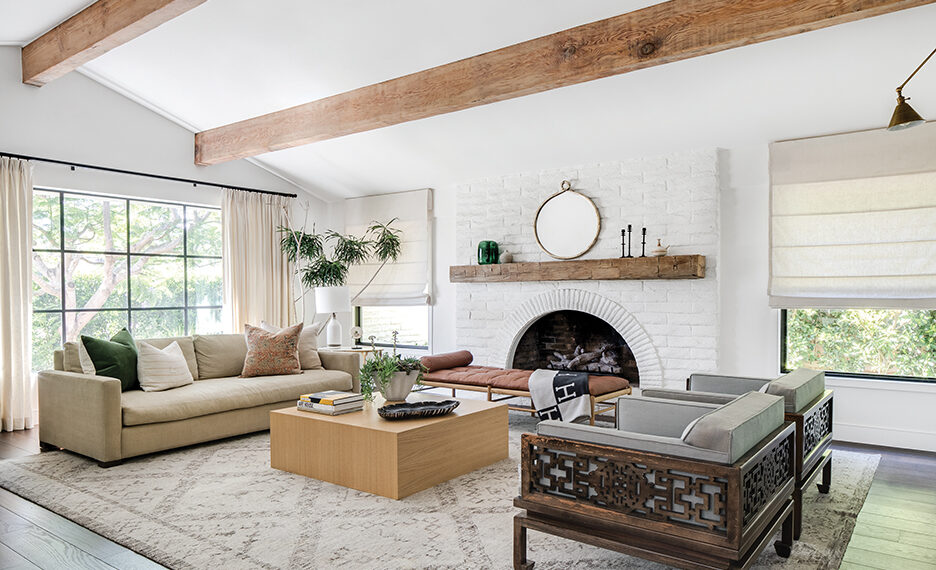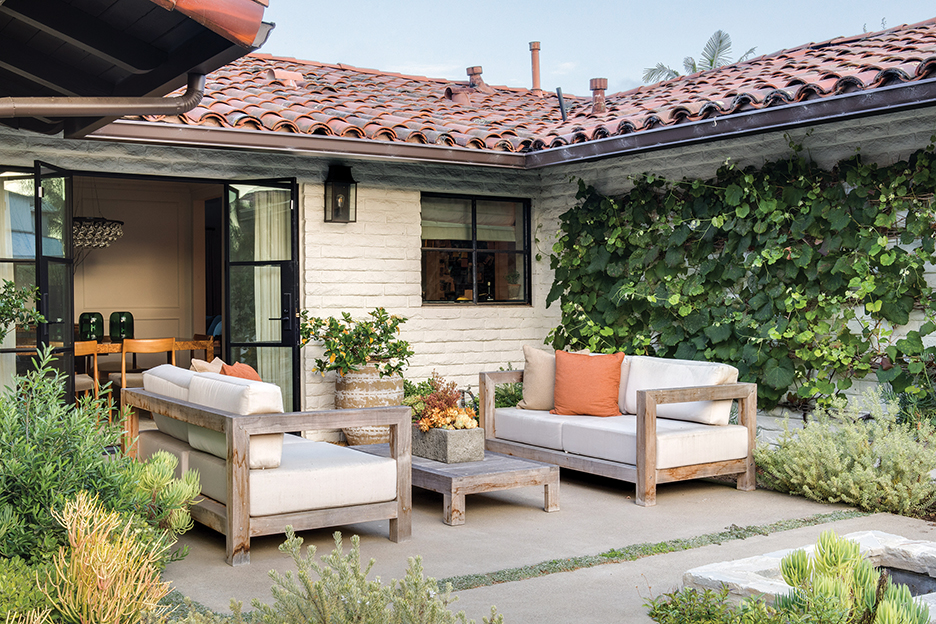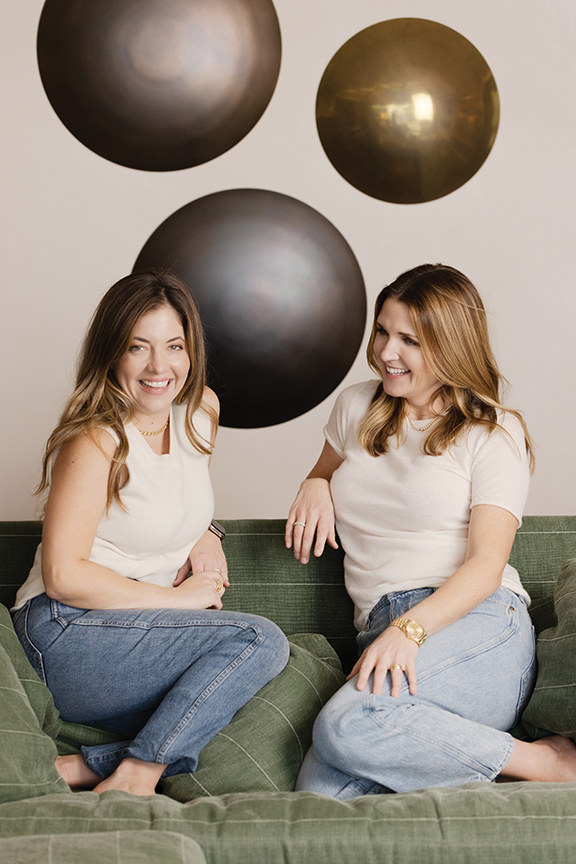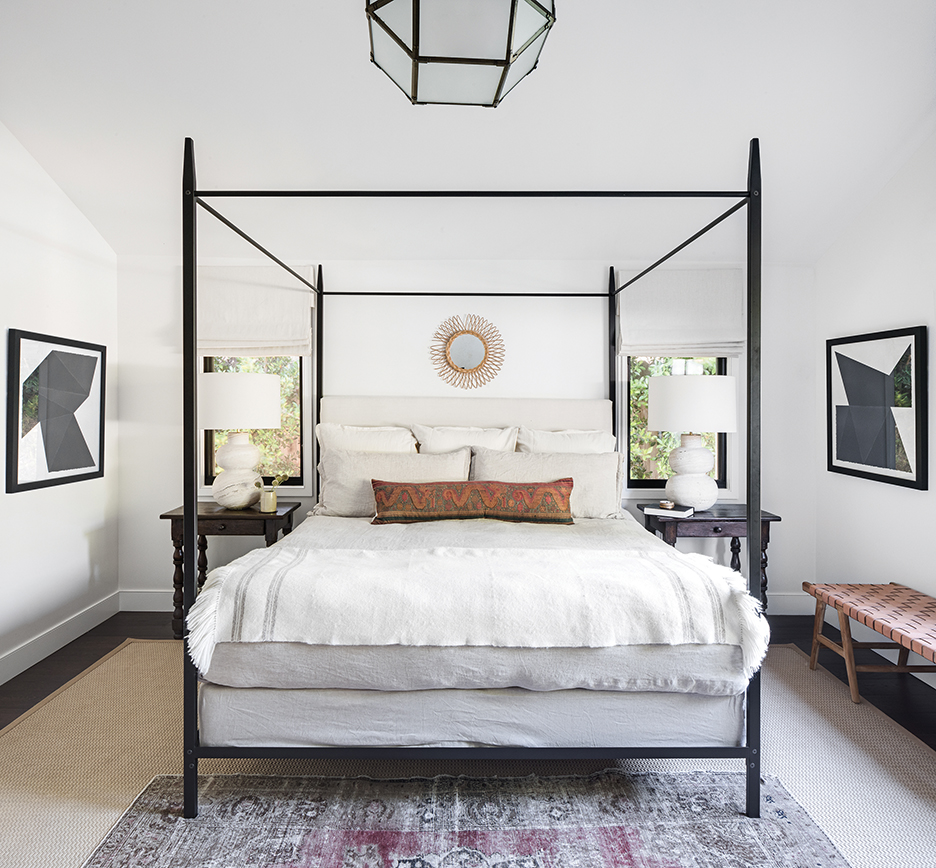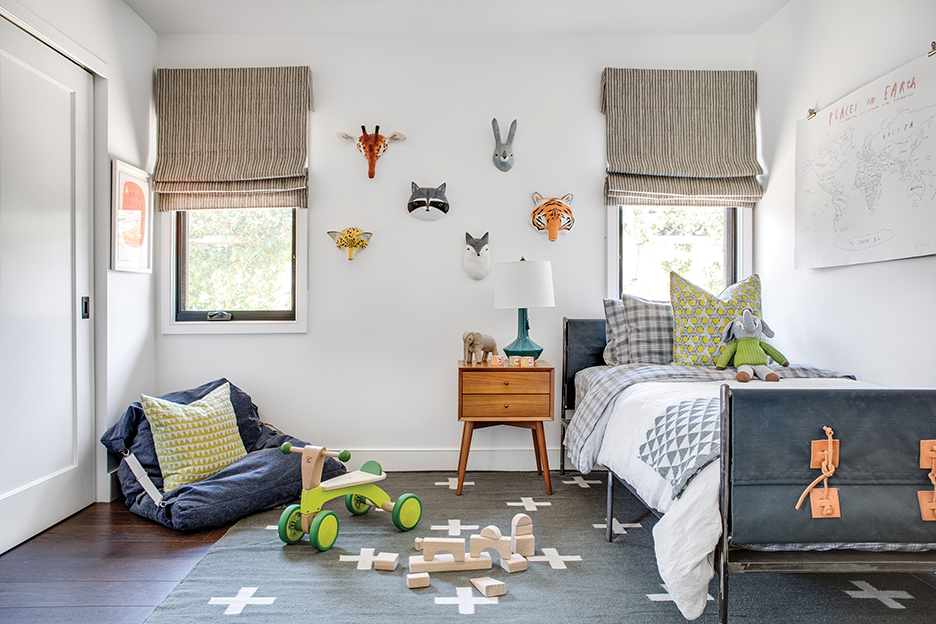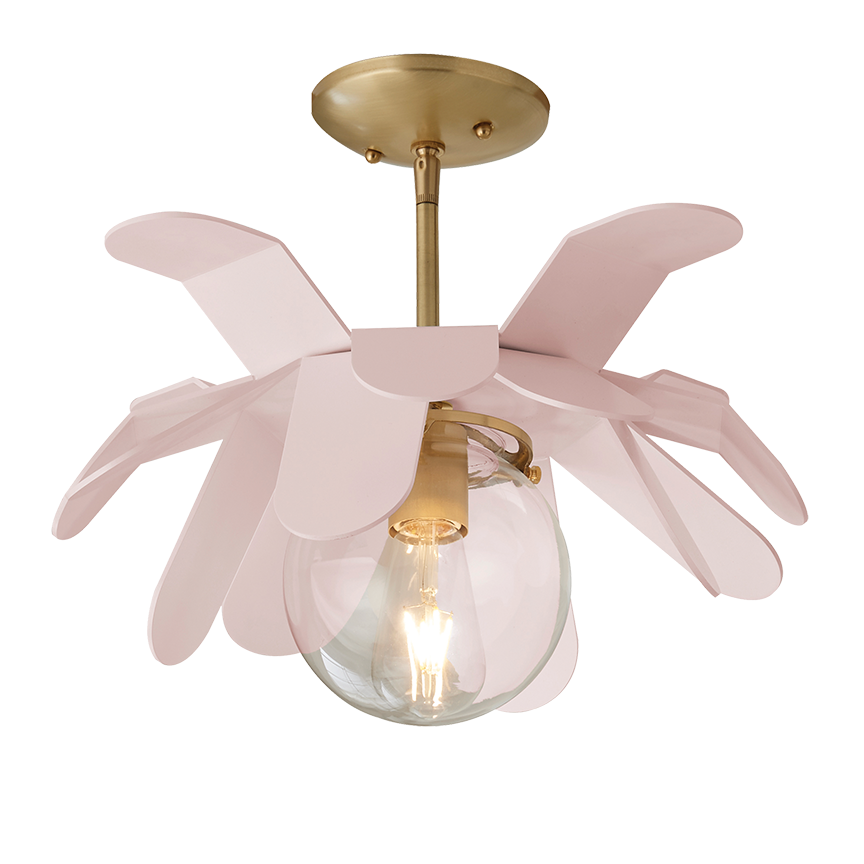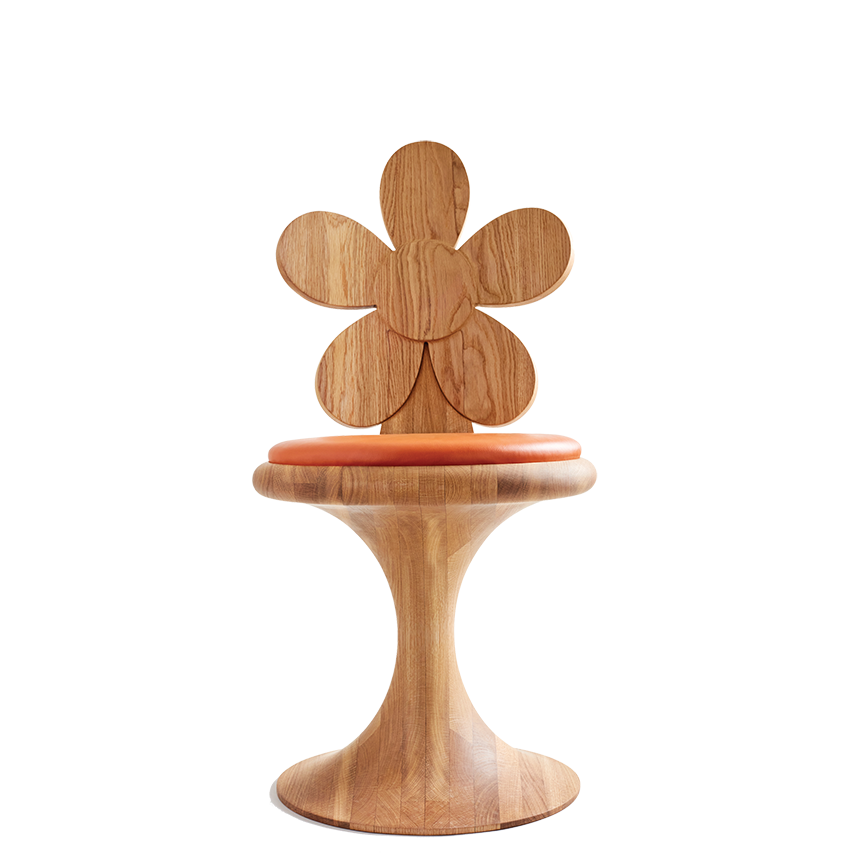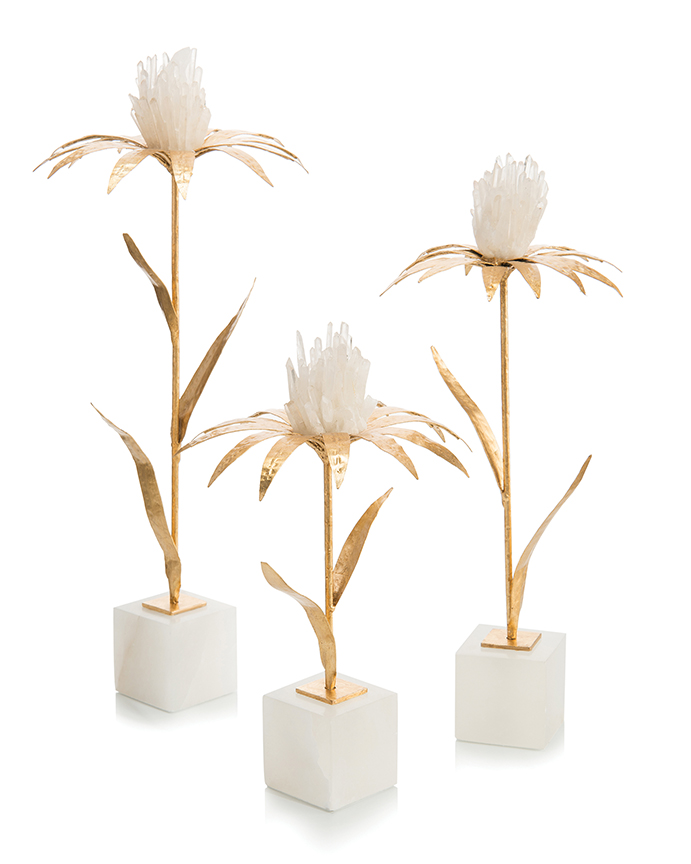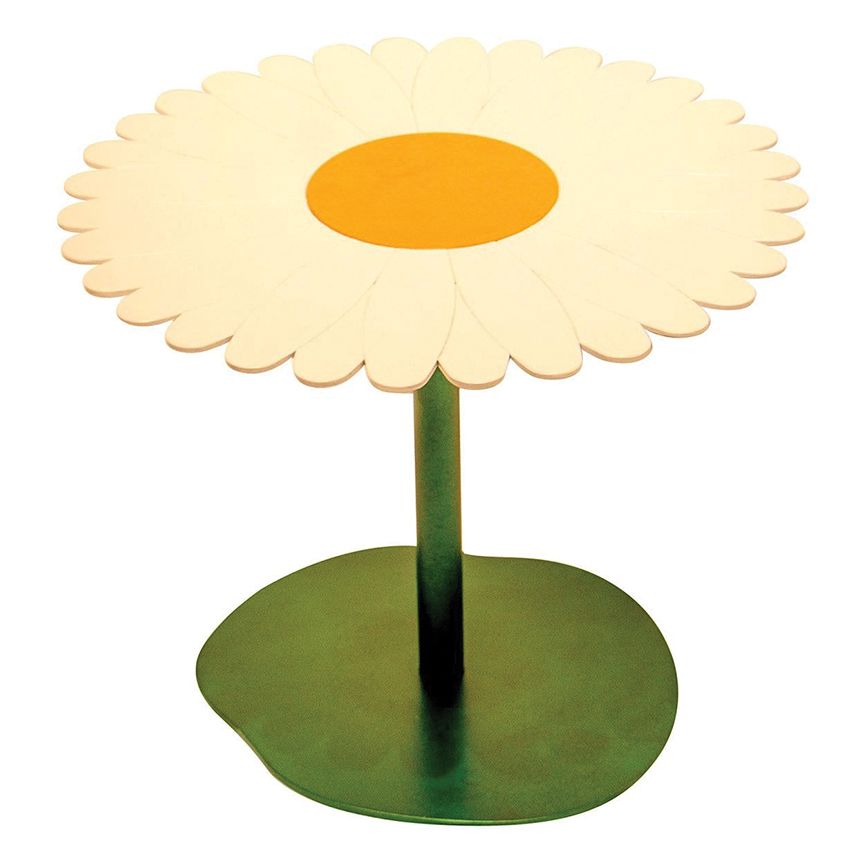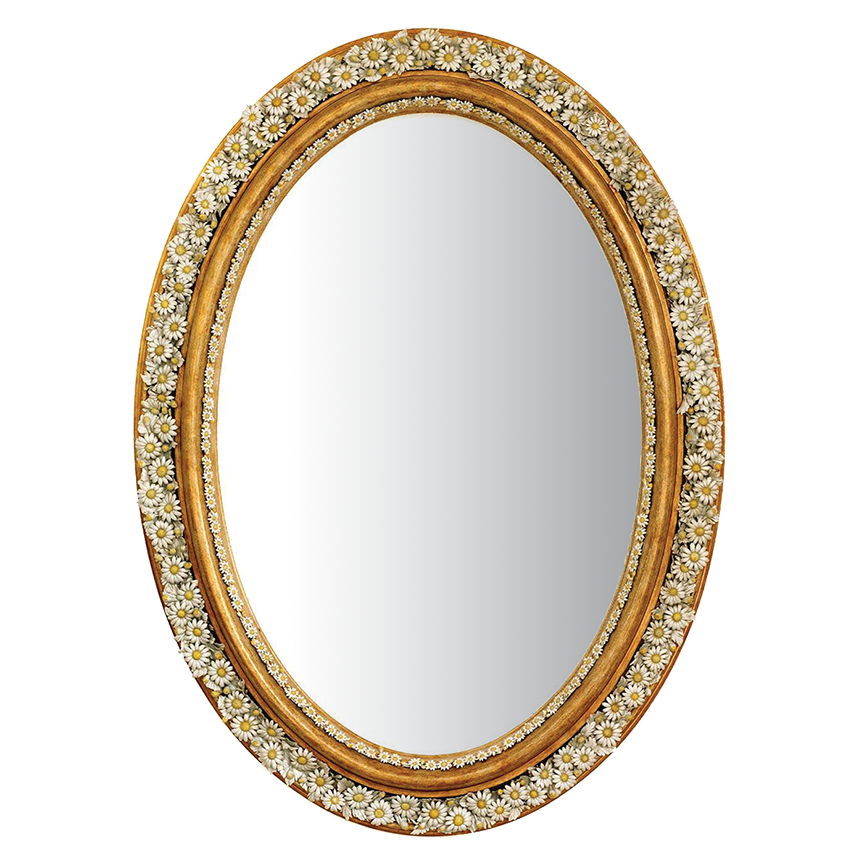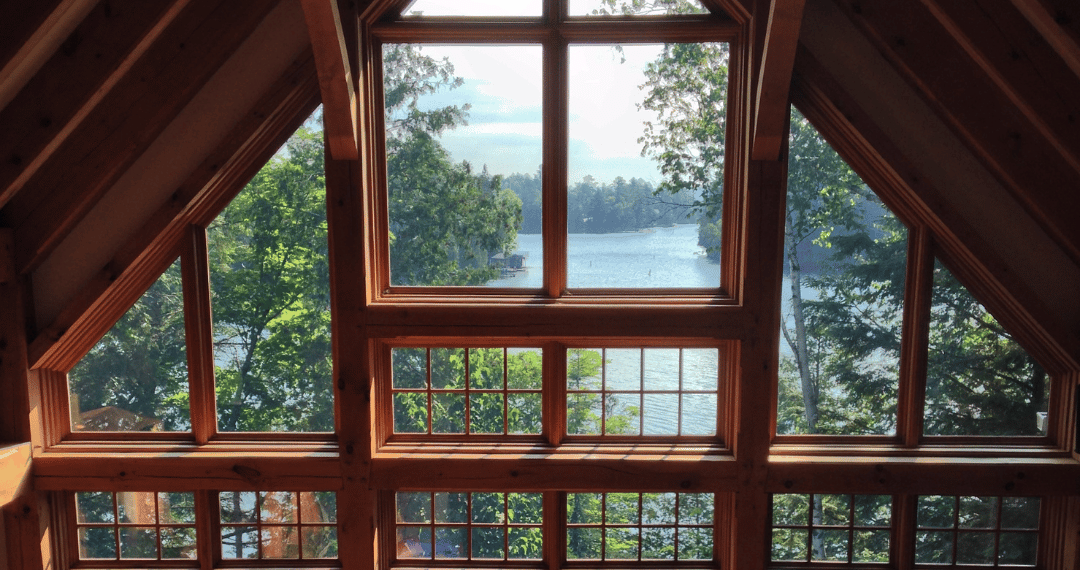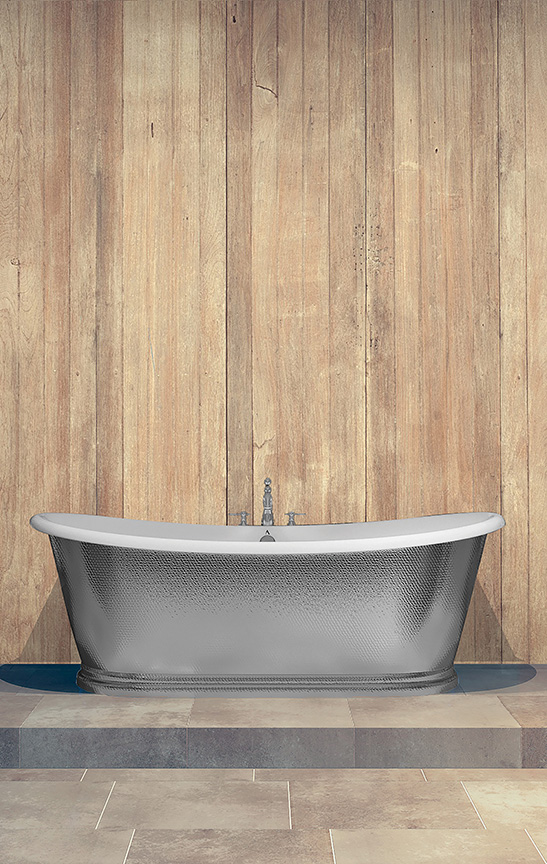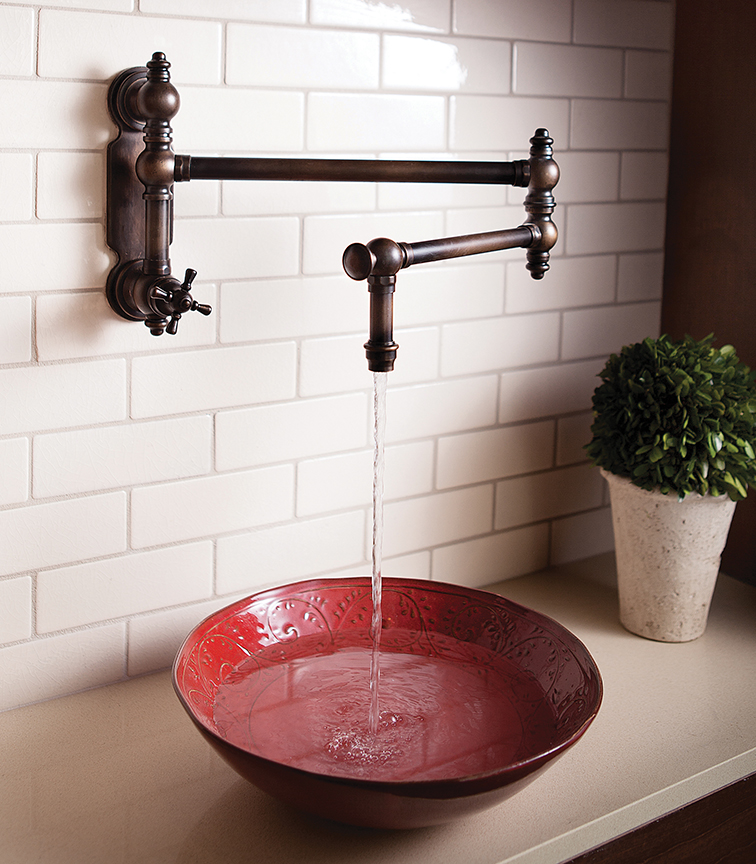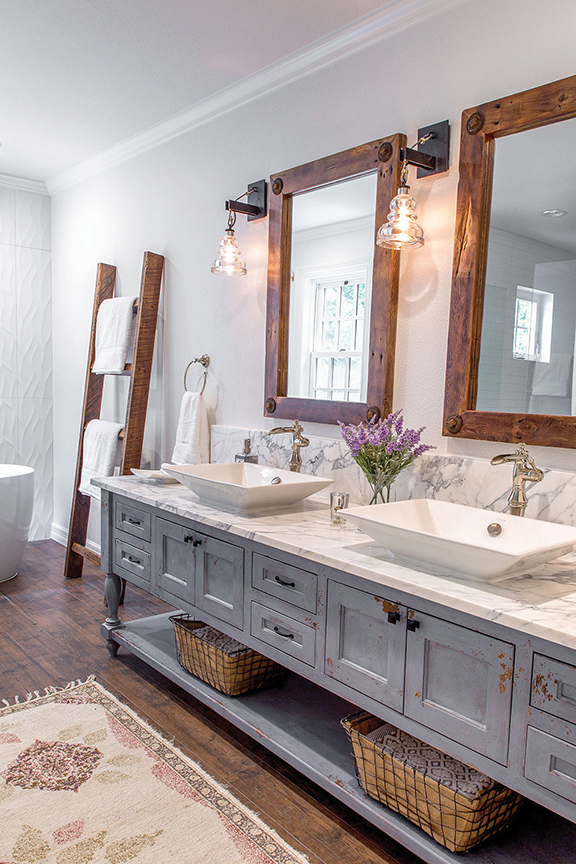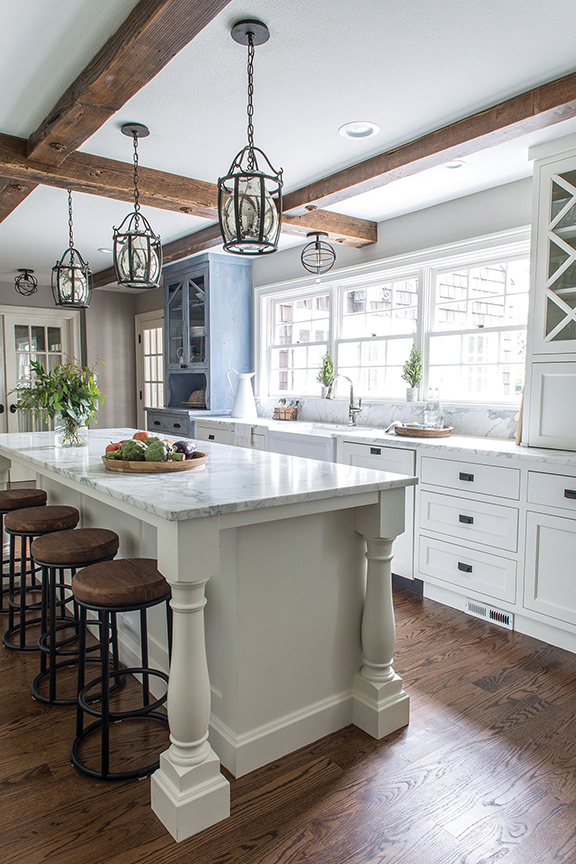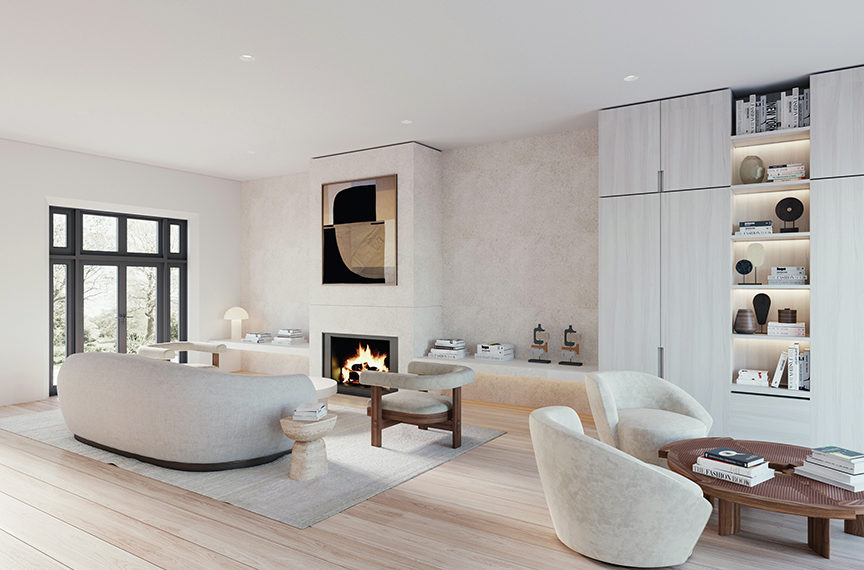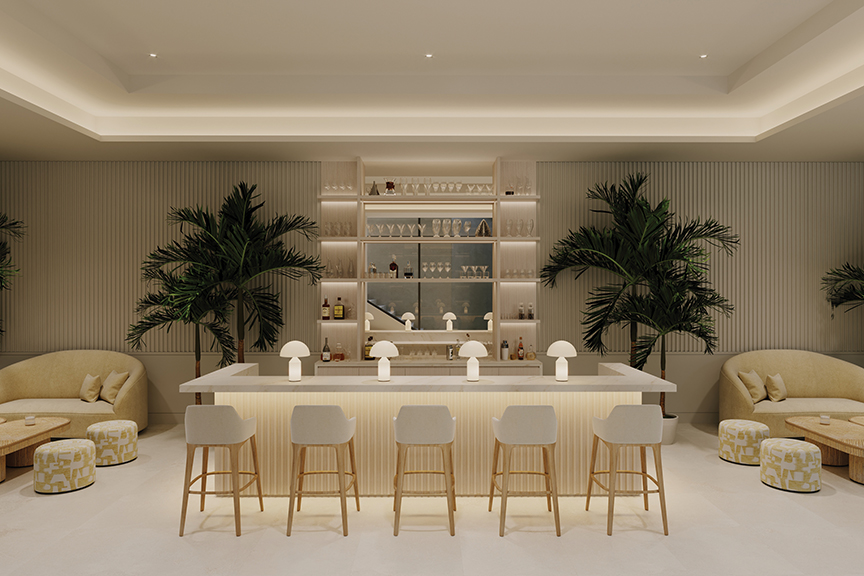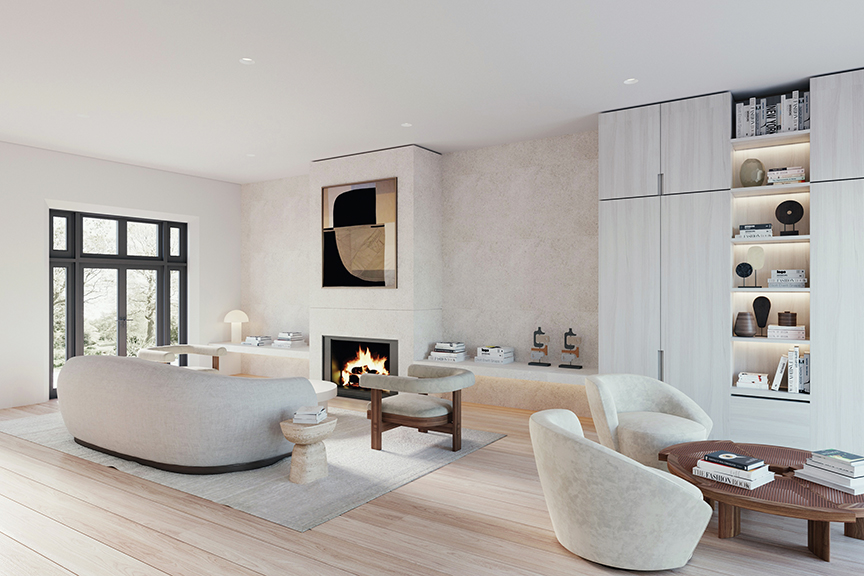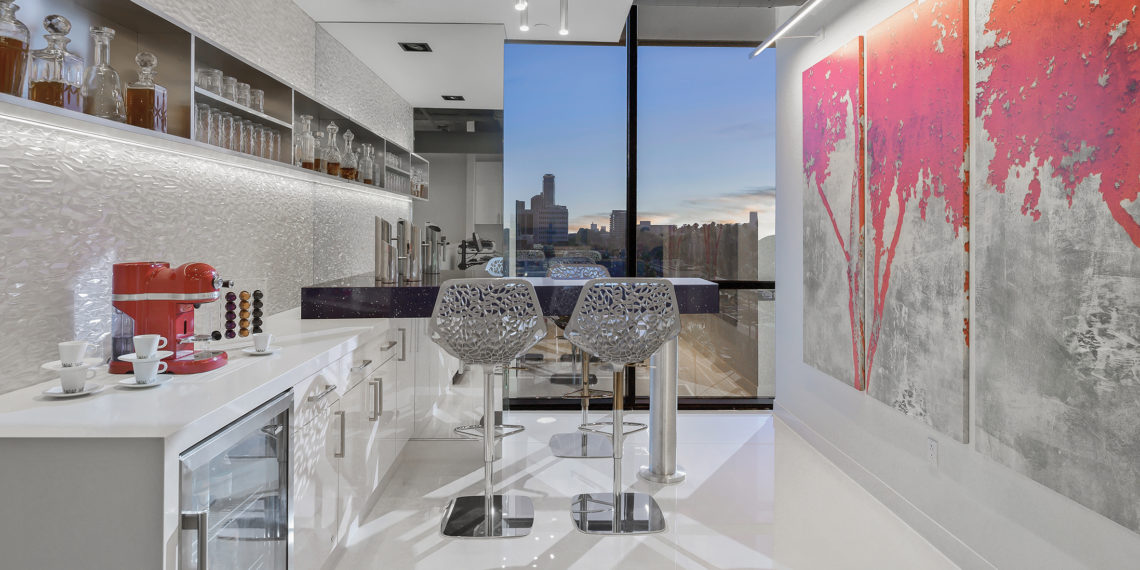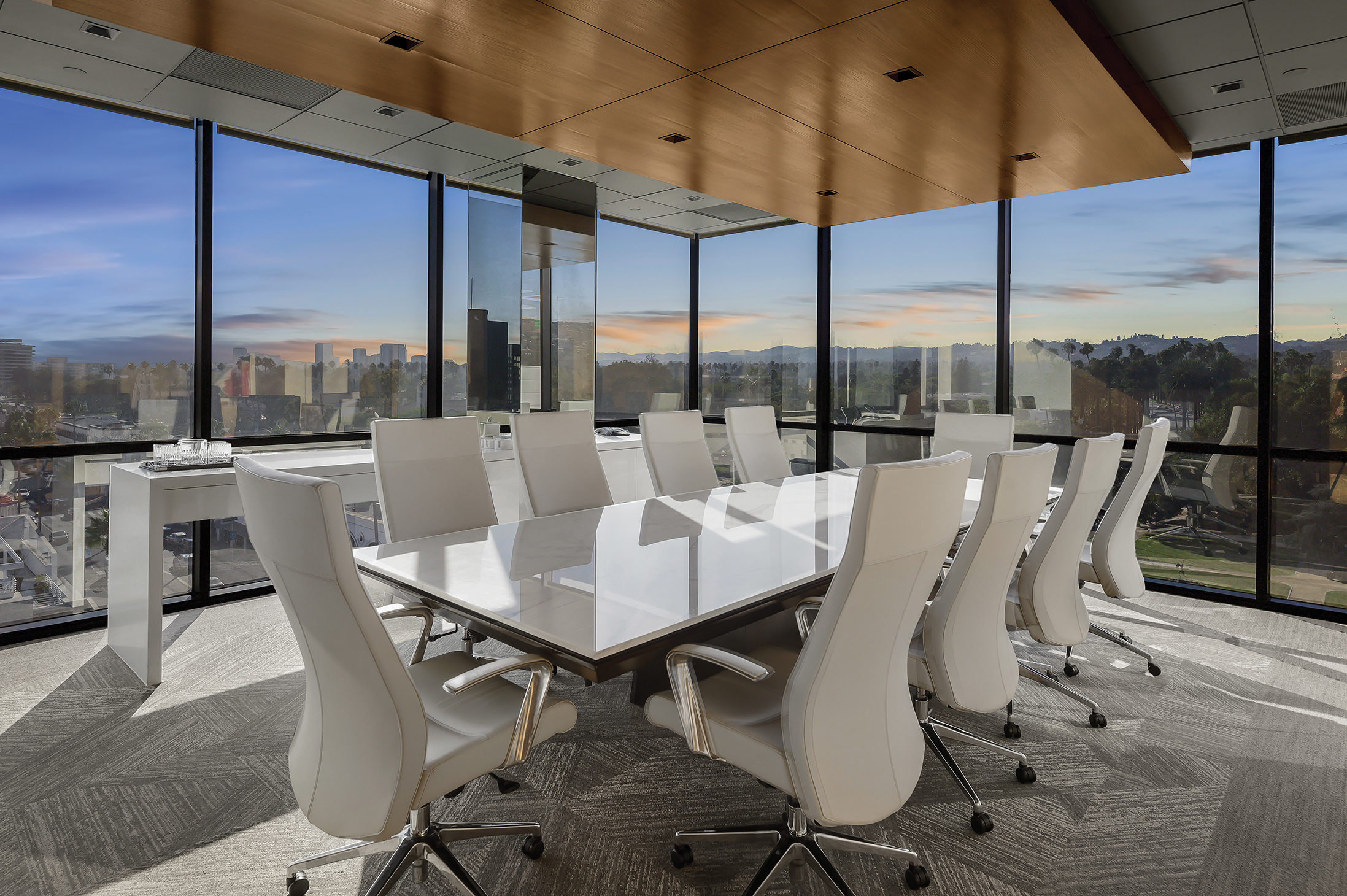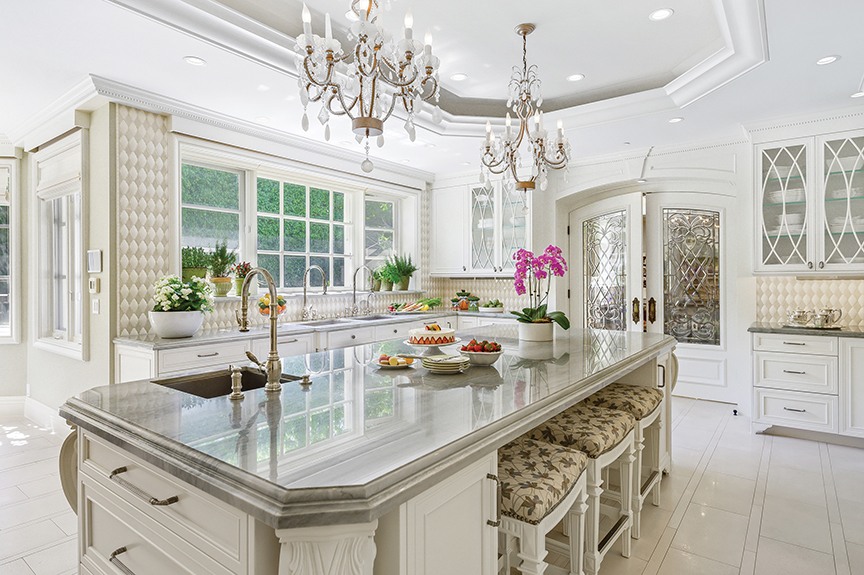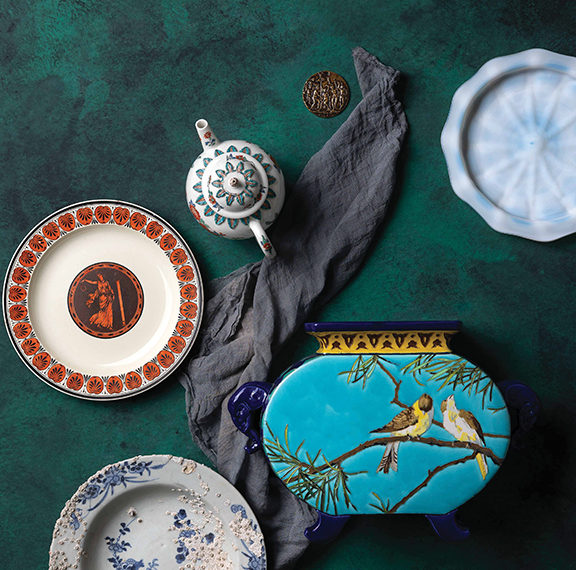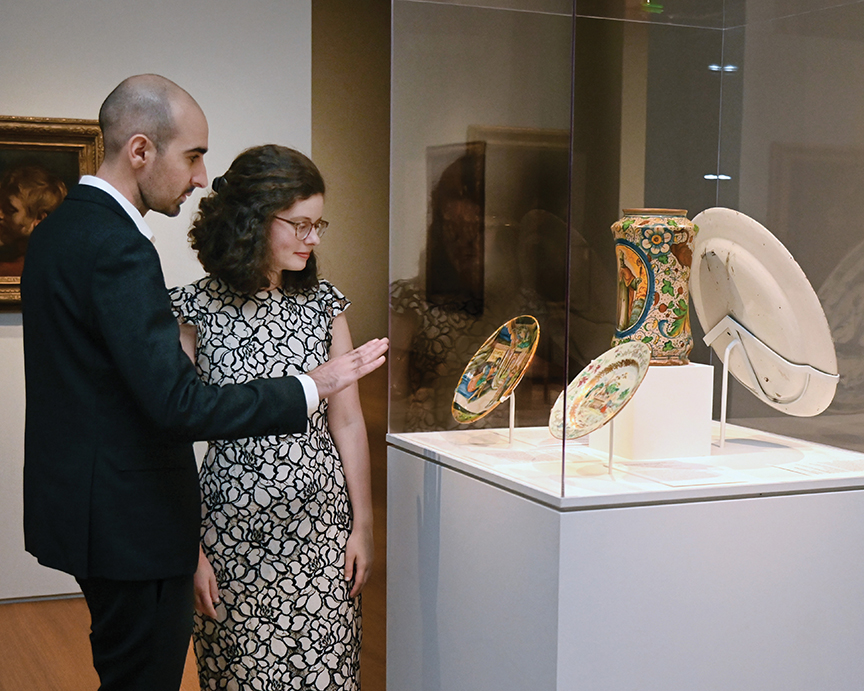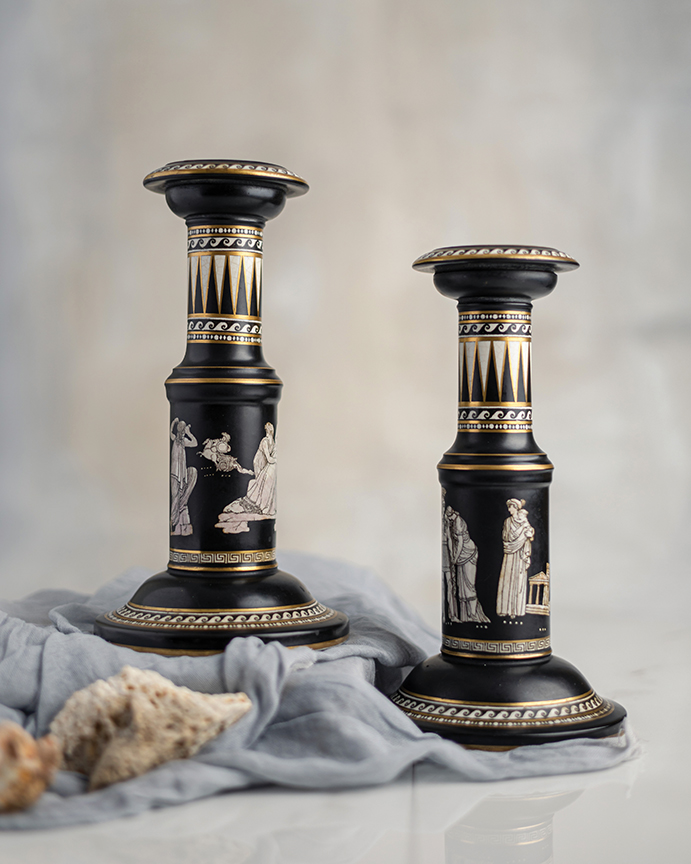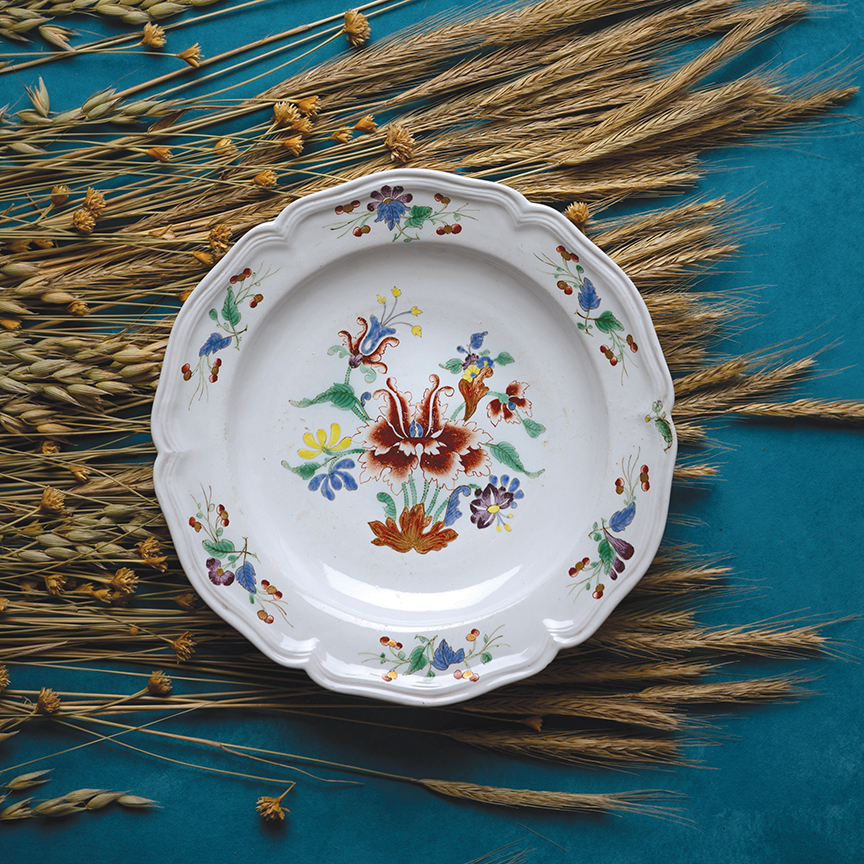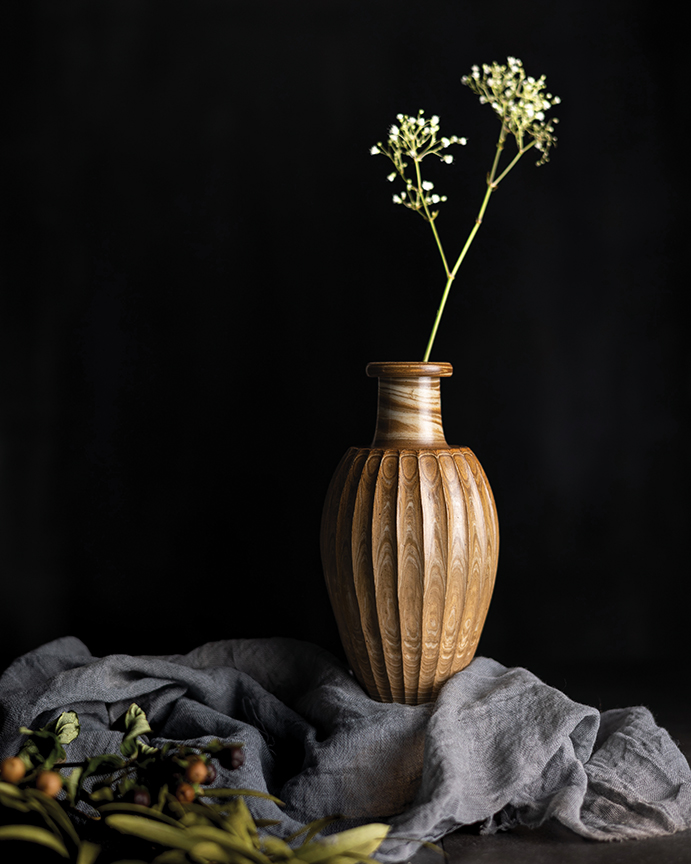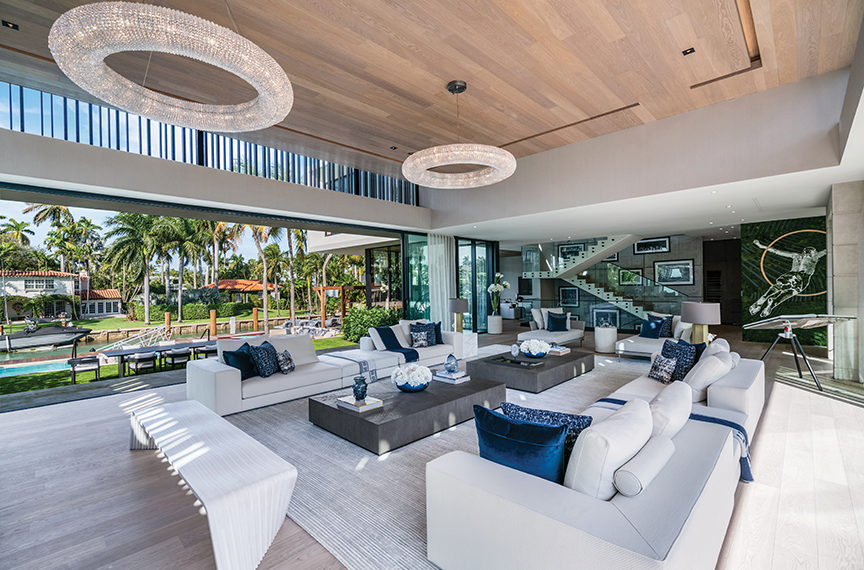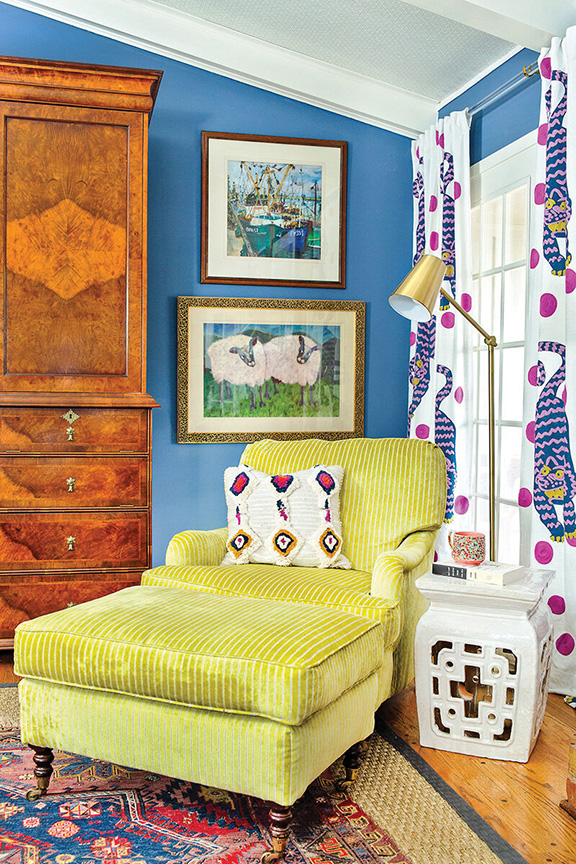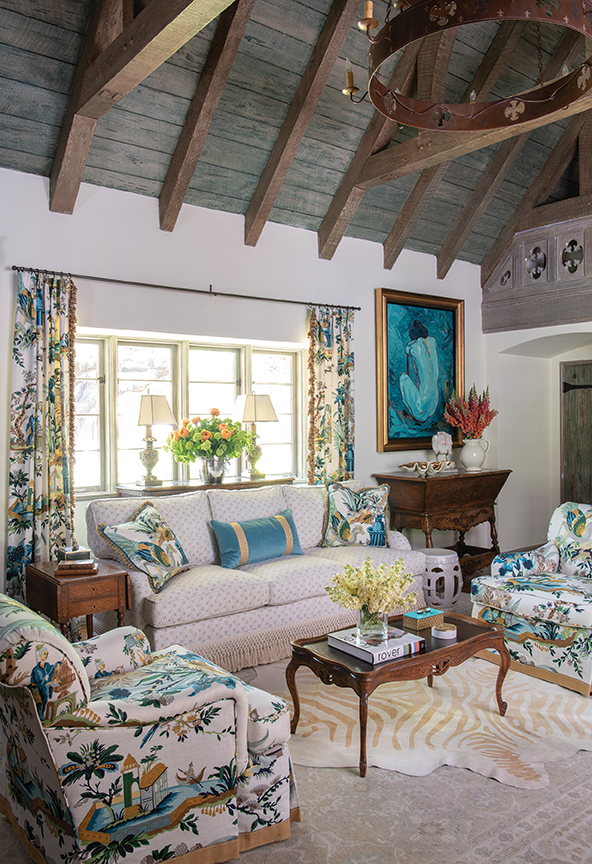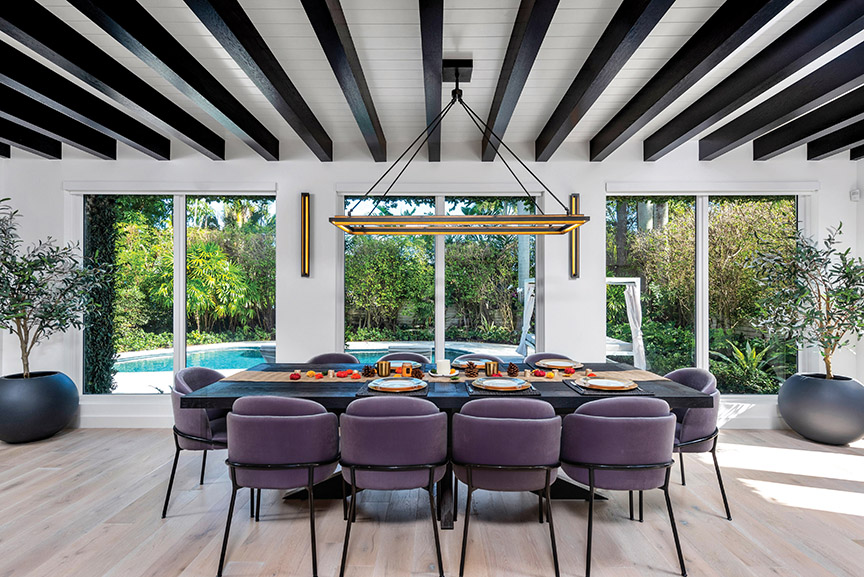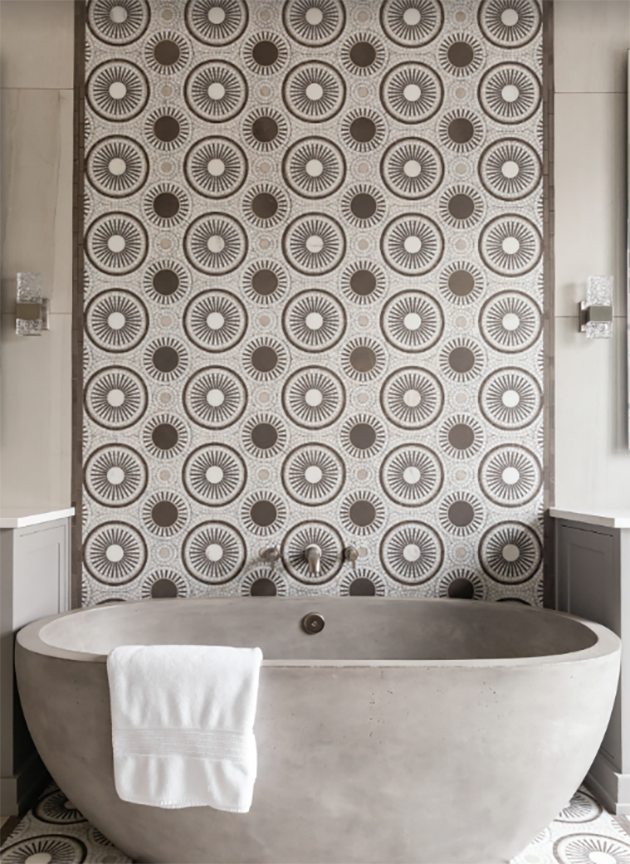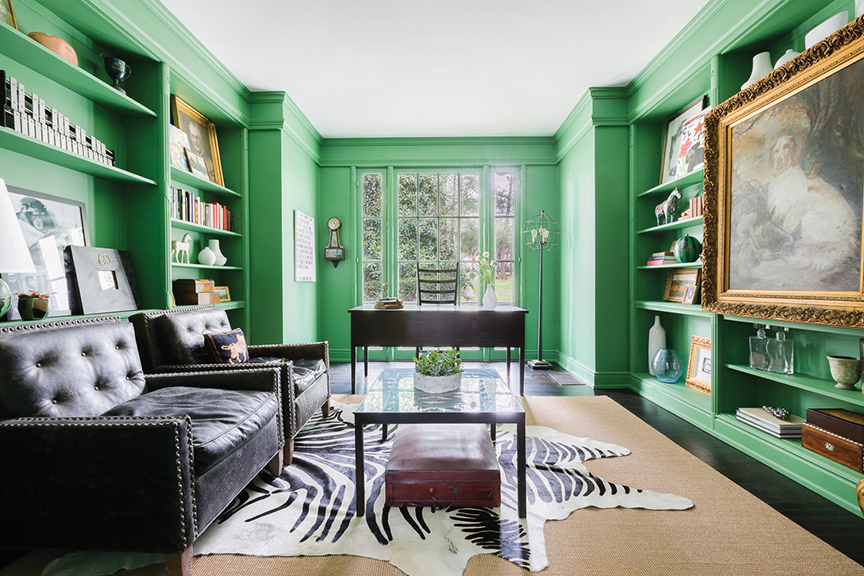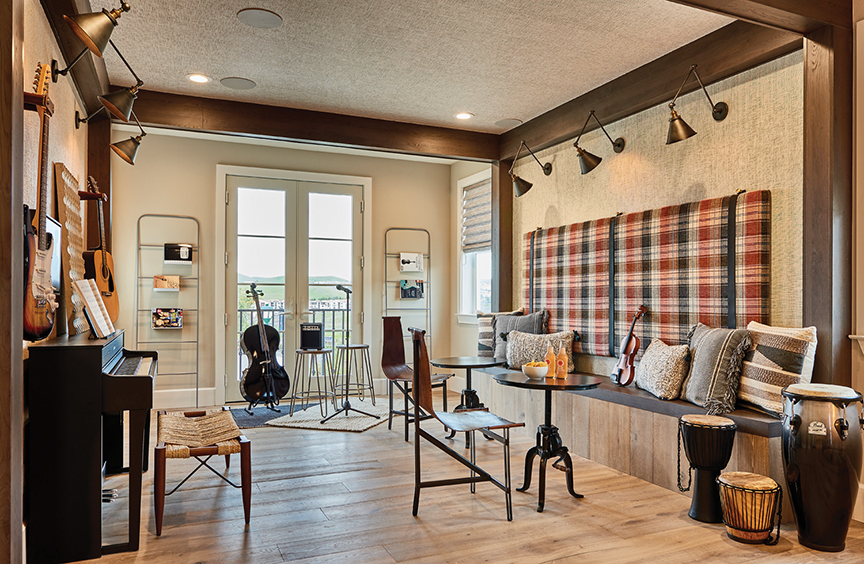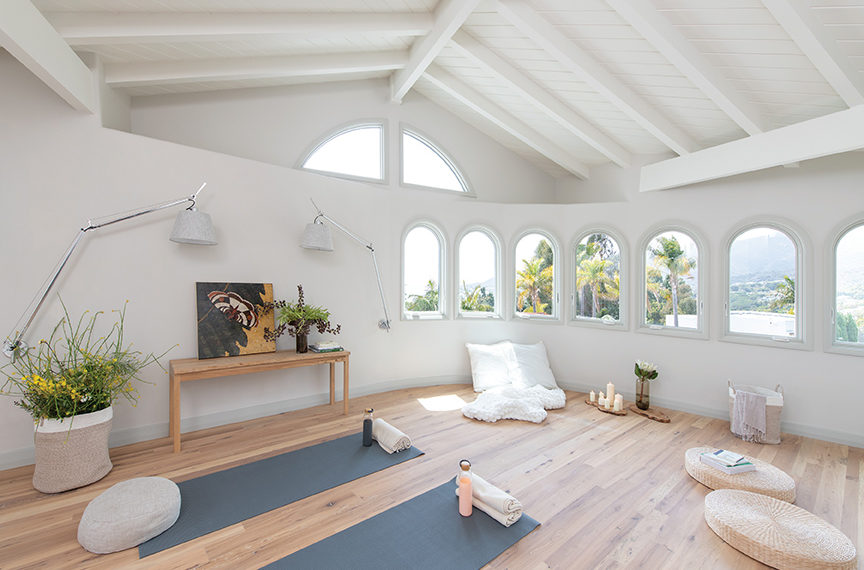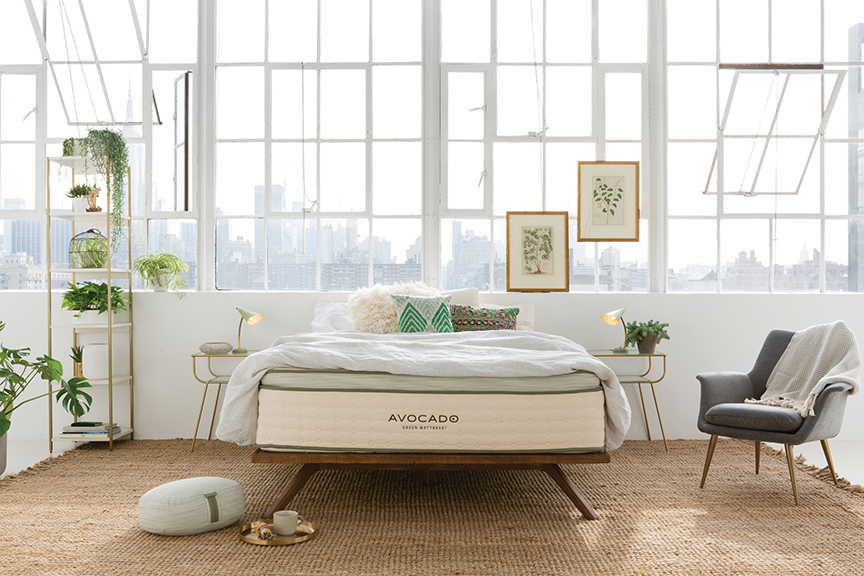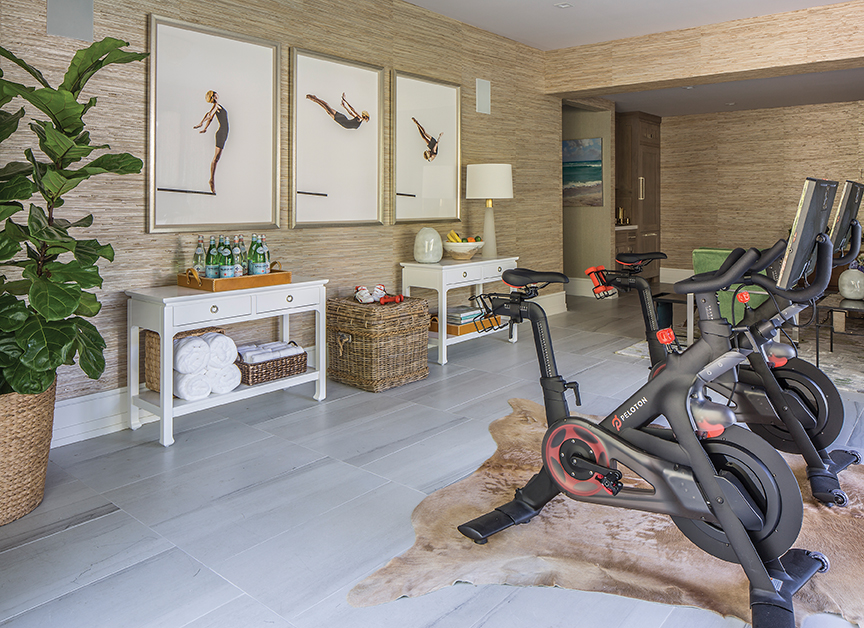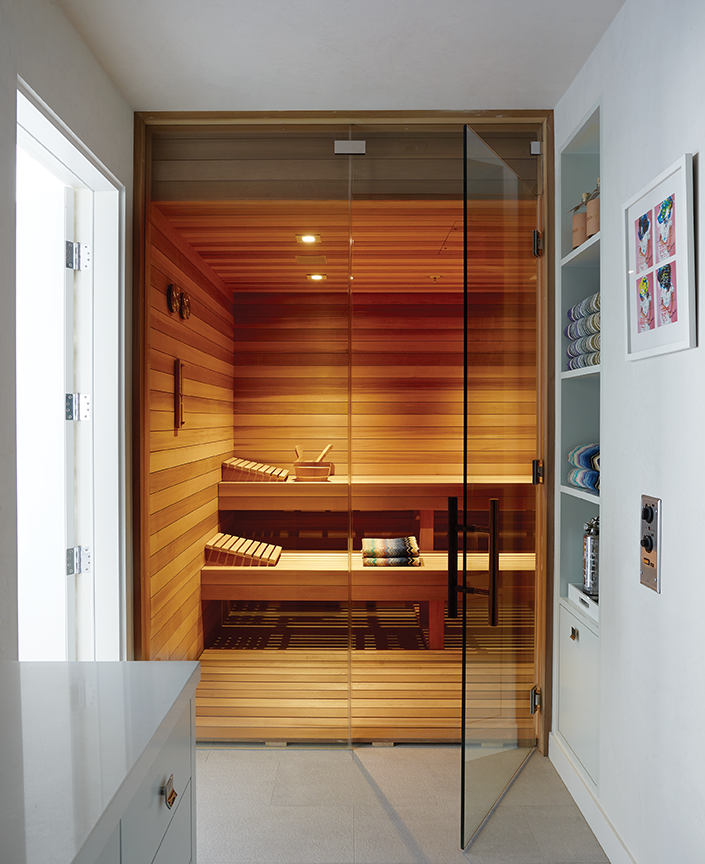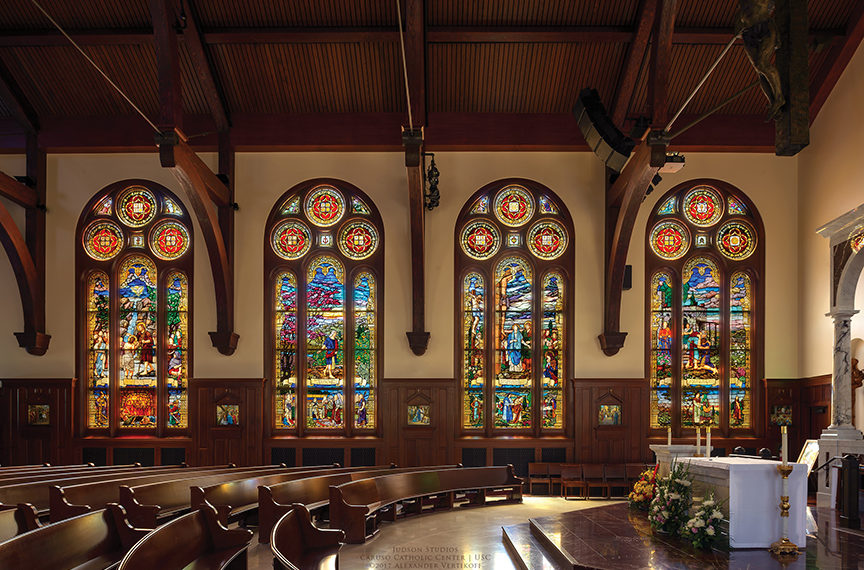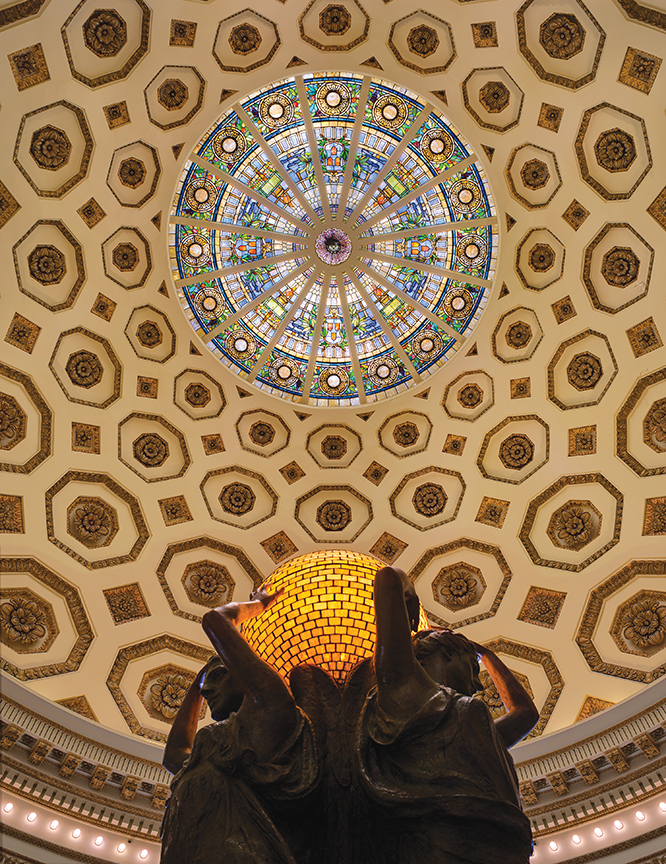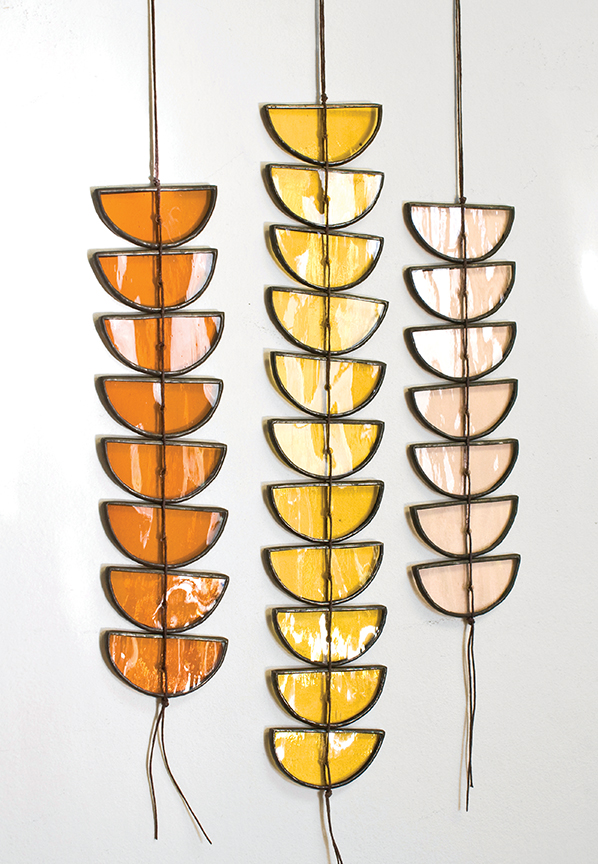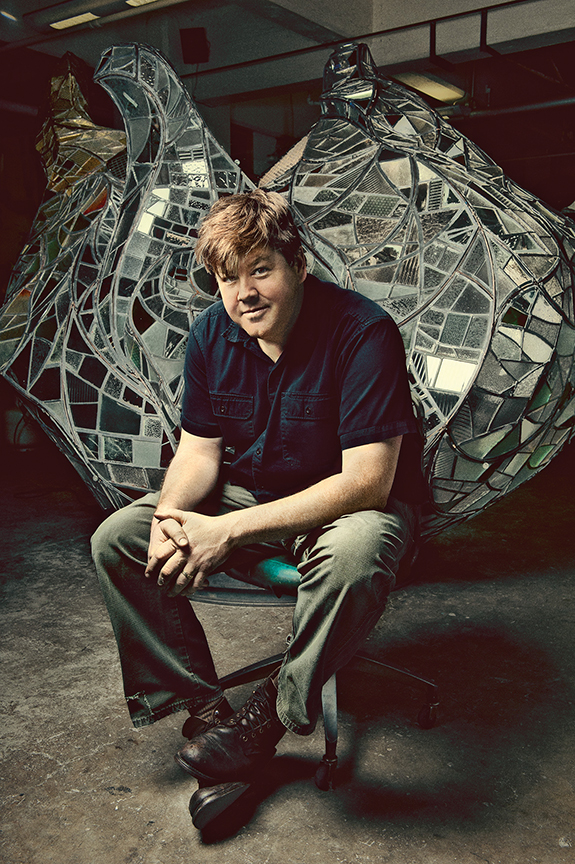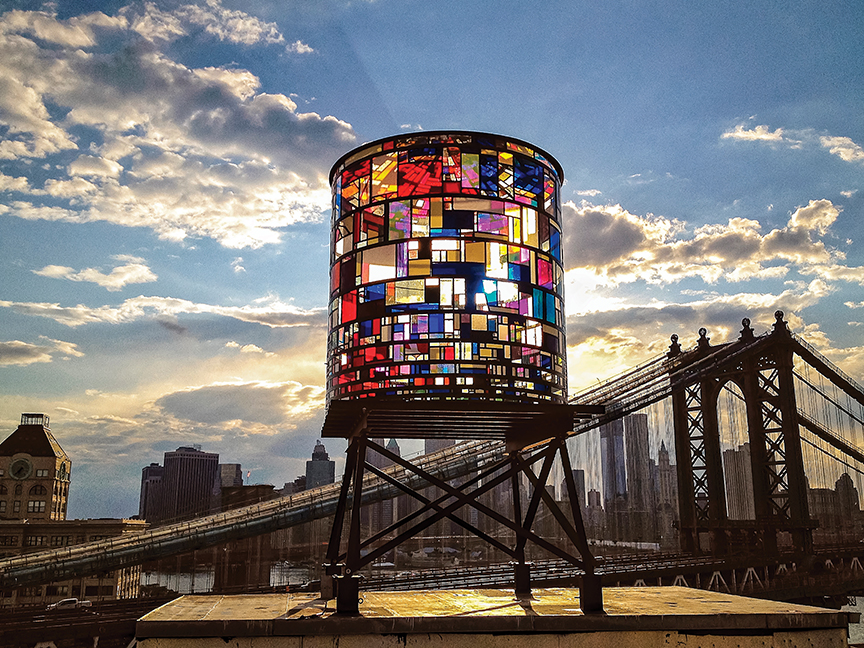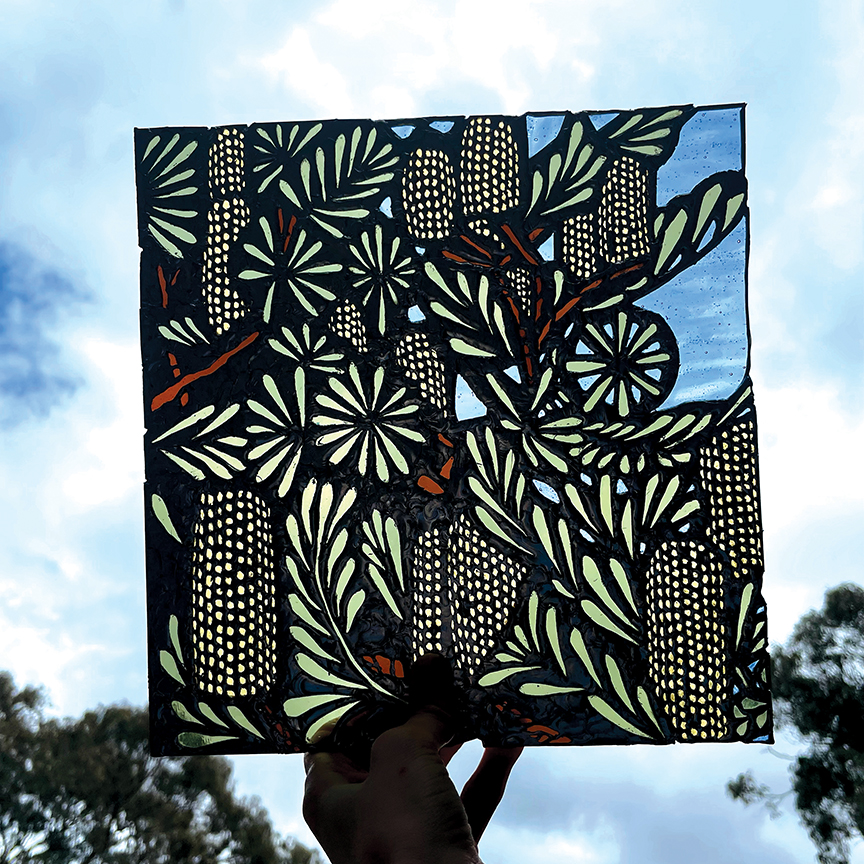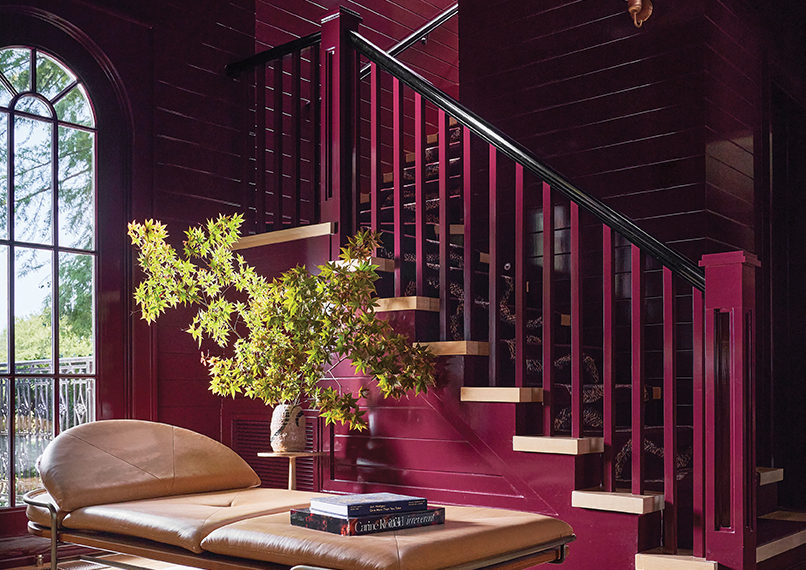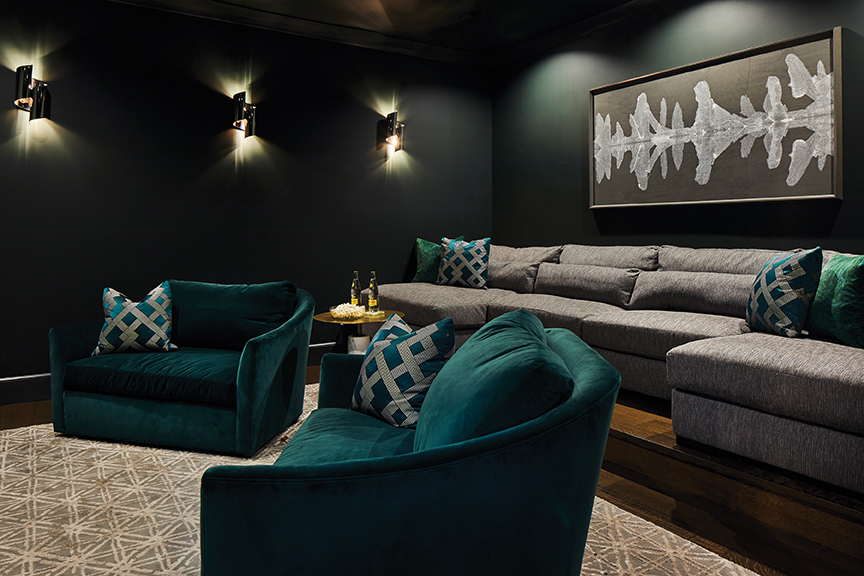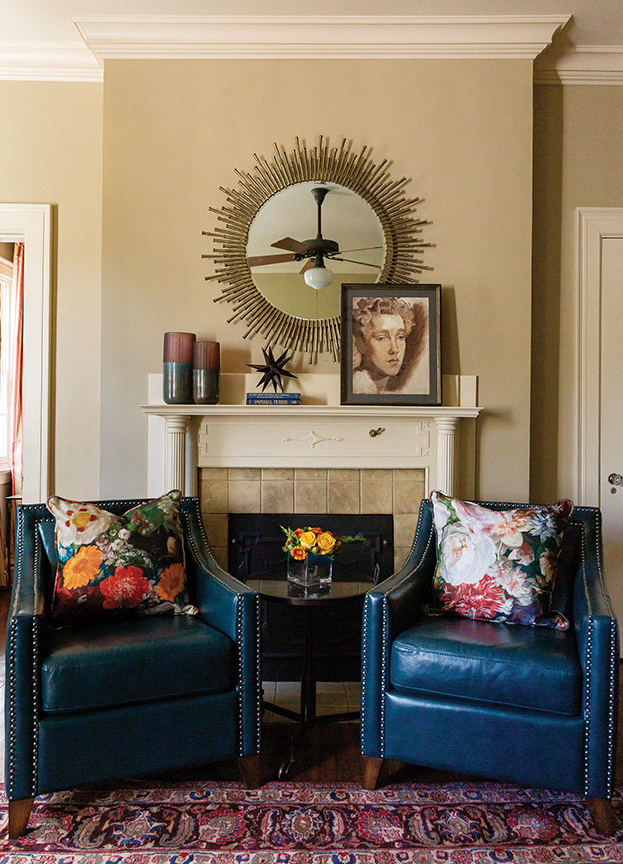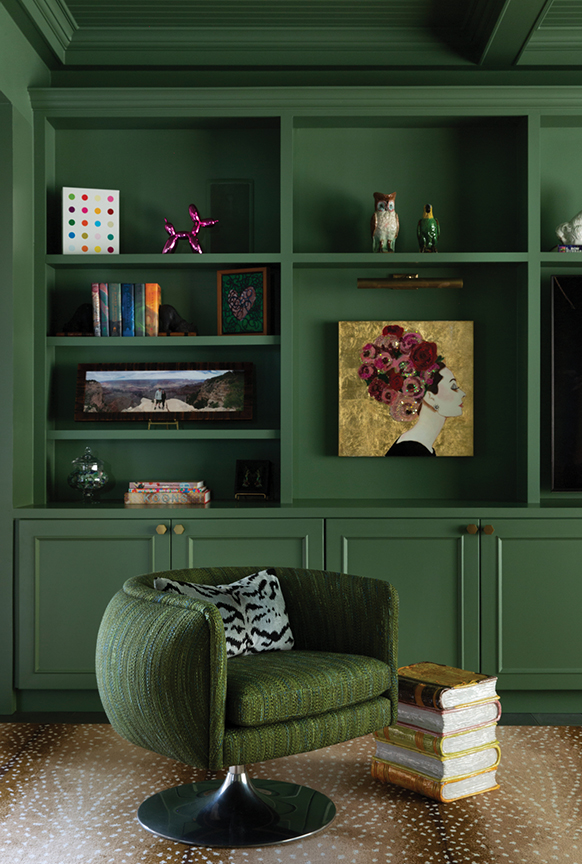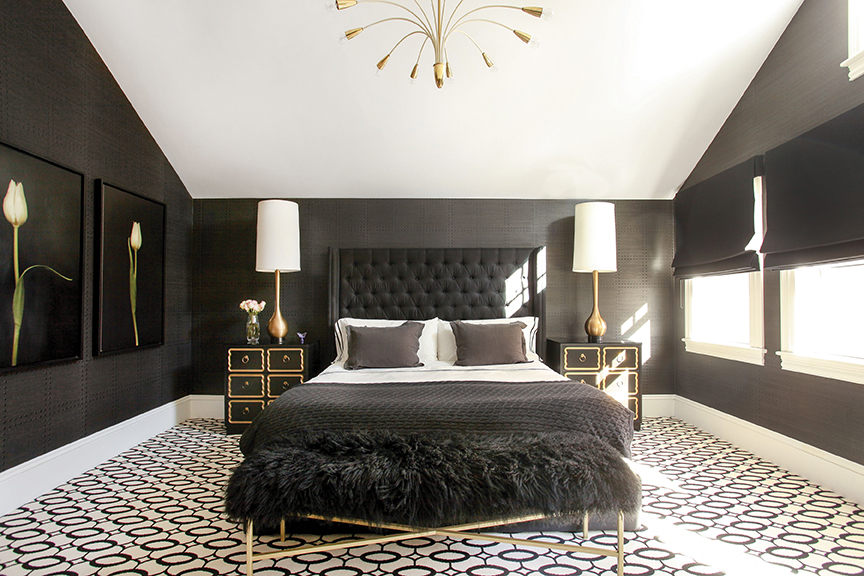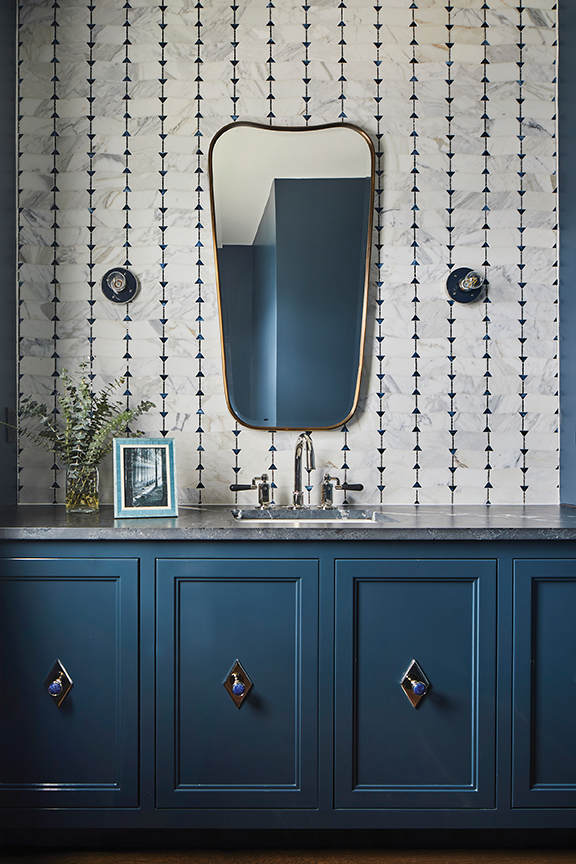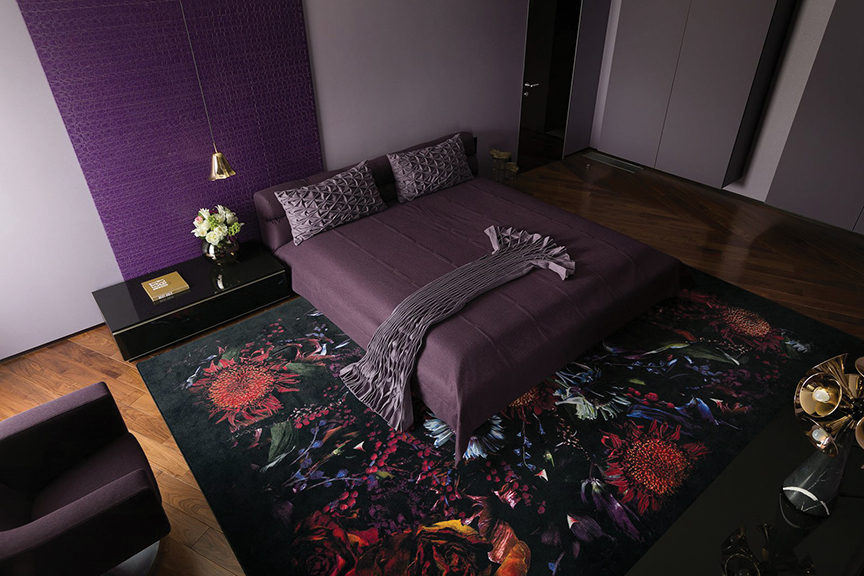By Jamie Yoos
Photography by Haley Howard
Take interesting and obscure finds from galleries, combine them with mixed period pieces, and you have the key to creating a unique home, according to Studio Gutow, an interior design studio in Laguna Beach, California, that launched early this year.
Lisa Berman, the founder and principal designer, along with designer Melissa Rohani and project manager Heather Brunelli work together to incorporate differing textures, vintage and antique pieces paired with modern items, and natural materials to bring high-end spaces to life in each project.
Q: What inspired you to be designers?
Lisa: I grew up around beautiful things; my dad was a collector of 18th century American antiques and decorative art. I was always in beautiful homes and different environments that were inspiring to me.
Melissa: After over a decade in the tech industry, I was in an e-commerce startup and understood how to run a business online. I was frustrated with what furniture you could find readily available — everything is mass produced and seasonal, and the quality of how things are made is something I was finding subpar. I would look at vintage and antique pieces and the craftsmanship was built to last generations.
Q: What was the catalyst for your partnership?
Lisa: I was a client of Melissa’s. We feel strongly about curating a unique home with obscure finds from different galleries and mixing them with other pieces to keep it interesting. It felt different than what most people were doing in our area, and it was more fun to approach a project together. We decided to solidify that collaboration — two heads are better than one.
Melissa: I started a company almost 10 years ago, Laguna Mercantile. I was an antique dealer. Lisa and I met through that. We’ve been working on projects together for about seven years. We have lots of opinions about how things come together, furnishings, and making sure everything has a story.
Lisa is a furniture encyclopedia. You could show her any piece of furniture and she would know whether it was authentic, who it was inspired by, what region, it’s crazy. She’s a wealth of information, wisdom, and knowledge around design. We have ways that we are different, but we intersect in areas and it turns out better than I could’ve done on my own.
Q: What is your design process?
Melissa: For most people, it’s a similar process. One thing we take a unique angle on is spending time with our clients and figuring out how they’re going to use the space, how they want to feel in the space. We have clients who have a primary home, or second, third, or fifth home. Each one of those has a different use and feeling.
Lisa: The environment that they’re in — what part of the country, natural materials that are inherent to that region — we take into account.
Melissa: Someone who’s building a house in Park City, Utah, likely doesn’t want it to look like a townhome in New York City. Making sure it’s authentic to the family and location, so it feels organic and natural. Taking into account our clients’ personalities. We have a lot of intense Type As who want to live like that, and we have intense Type As who want to go somewhere casual and comfortable.
Lisa: That plays into the colors and even the type of sofa. Is it super loose, messy, and chill? Or very overstuffed, upright, and stiff? Oftentimes, their personality is very obvious in the selections and the details throughout the home.
Melissa: We look at the way people want to use the space and ensure no surface is too precious that people can’t live in it. ‘Don’t put that down there, it needs a coaster!’ We want to take all of those fears away and have a livable home.
Q: What’s coming soon to the Shop on your website?
Lisa: We can’t get too specific, but some collaborations with artisans that we work with for select projects … having things to sell to people who aren’t even necessarily our clients. An e-commerce aspect.
Melissa: We’re always traveling and sourcing, we have a passion for it, so unique finds are what we’ll offer. Not only new pieces, but also interesting vintage and antique pieces that we come across. It’ll be a mix.
Q: What are your goals for Studio Gutow?
Lisa: To continue building an interesting clientele with a similar mindset to us: they want a layered and collected home that is comfortable, refined, and personal. In our desire to create a unique space for each client we work with, we come across interesting, small artisans. We’d love to collaborate with them on more permanent pieces that are part of a collection that we could put on our e-commerce site coming soon.
Q: What is your favorite project you have worked on together?
Lisa: The Emerald Bay project. We got in a groove of working together and that’s the project where I cried when it was over. I am not an emotional person. It was our showcase piece.
Melissa: I think we’re about to start a second favorite, just based on the location. We have a project that we’re going to do in Napa, and we both love Napa, so we’re very excited about that.


